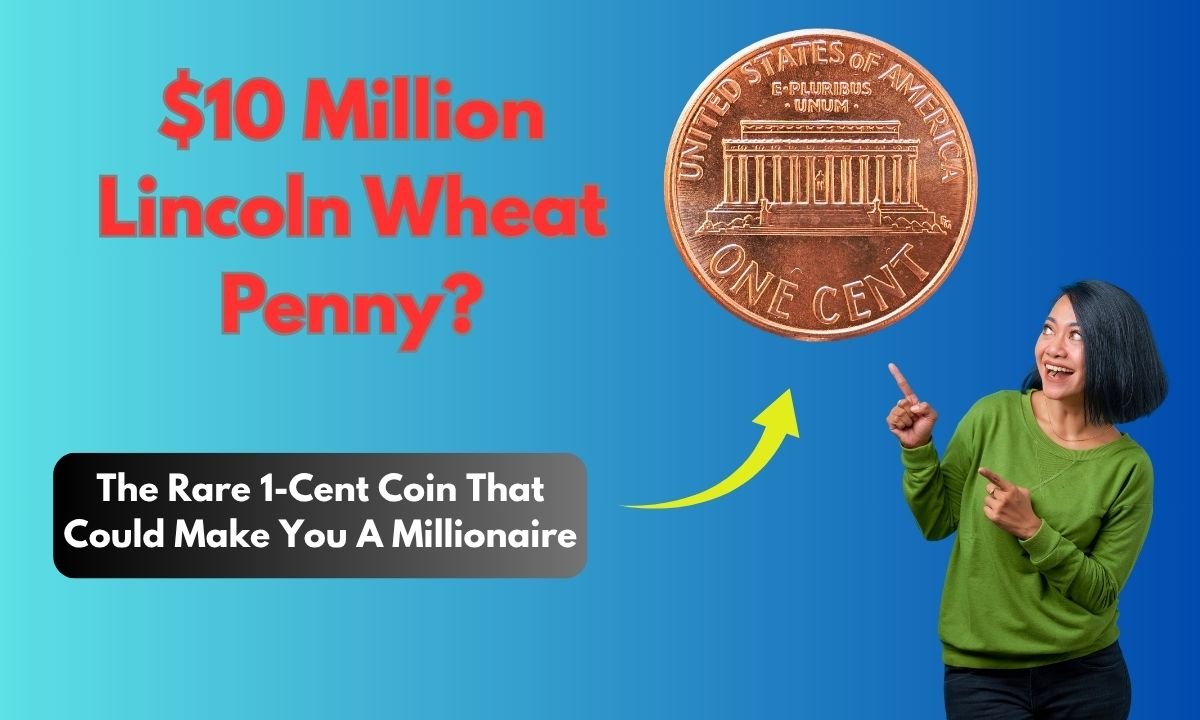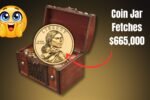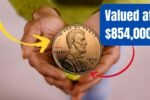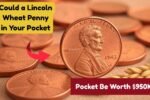Imagine picking up a penny from your change jar and discovering it’s worth millions! Sounds like a fairy tale, right? But the Lincoln Wheat Penny, a simple one-cent coin, has turned ordinary folks into millionaires because of its rare versions. Let’s dive into the exciting world of this tiny treasure and see why it’s got collectors buzzing.
What’s So Special About the Lincoln Wheat Penny?
The Lincoln Wheat Penny is no ordinary coin. First minted in 1909 to celebrate Abraham Lincoln’s 100th birthday, it’s got his face on one side and two wheat stalks on the back, giving it that cool “Wheat Penny” nickname. The U.S. Mint made billions of these from 1909 to 1958, so most are just worth a cent. But a few rare ones? They’re like finding a golden ticket in your candy bar! These special pennies have unique mistakes or limited production that make them super valuable—some even valued at $10 million!
The Star of the Show: The 1943 Bronze Penny
Why would a penny be worth millions? Let’s talk about the 1943 Bronze Lincoln Wheat Penny, the rock star of coins. During World War II, copper was needed for things like bullets, so the Mint switched to making pennies from steel in 1943. But a tiny mistake happened: a few copper blanks from 1942 got stuck in the machines and were stamped as 1943 pennies. Only about 15 to 20 of these bronze beauties exist today, making them rarer than a unicorn in your backyard. One sold for $1.7 million in 2010, and experts say a perfect one could hit $10 million!
Other Rare Gems to Look For
The 1943 Bronze Penny isn’t the only treasure. The 1955 Doubled Die Penny is another big deal. This one has a printing error where the date and words like “LIBERTY” look doubled, like a blurry photo. These can sell for $1,000 to $30,000 depending on condition. Then there’s the 1909-S VDB penny, with only 484,000 made, and the designer’s initials “VDB” on the back. These can go for $700 to $10,000. The 1914-D penny, with just 1.1 million made, is another hot find, valued from $200 to over $10,000. Each of these coins is like a rare Pokémon card for collectors!
How to Spot a Million-Dollar Penny
So, how do you know if you’ve got a winner? First, check the date. A 1943 penny that’s bronze-colored (not silver) is a good start. Grab a magnet—if it doesn’t stick, you might have something special, since steel pennies are magnetic, but bronze ones aren’t. For the 1955 Doubled Die, use a magnifying glass to look for doubling on the date or words. The 1909-S VDB has a tiny “S” under the date and “VDB” on the back. And for the 1914-D, look for the “D” mint mark. It’s like being a detective hunting for clues in your pocket change!
Where Could These Pennies Be Hiding?
Here’s the fun part: these valuable pennies might be closer than you think. They could be in your grandma’s old coin jar, tucked in a drawer, or even jingling in your wallet. People have found them in flea markets, old cash registers, or just in their change at the store. In 2018, a man named Don Lutes Jr. found a 1943 Bronze Penny in his school cafeteria change back in the 1940s. After his death, it sold for $204,000! Stories like this make you want to check every penny, don’t they?
How to Protect and Sell Your Treasure
Found a penny that looks promising? Don’t clean it! Cleaning can scratch it and lower its value. Keep it in a soft coin holder, away from moisture. Take it to a coin expert or a grading service like PCGS or NGC to check if it’s real and how much it’s worth. If it’s a rare one, you can sell it through auction houses like Heritage Auctions or even online on eBay. Getting it graded makes buyers trust it more, like getting a report card for your coin.
The Thrill of the Hunt
Coin collecting, or numismatics, is like a treasure hunt that connects you to history. Every penny tells a story, from wartime mistakes to design quirks. Even if you don’t find a $10 million penny, the excitement of checking your change keeps the dream alive. Who knows? That dusty old jar in your attic might hold a fortune!
Conclusion
The Lincoln Wheat Penny proves that small things can have huge value. From the ultra-rare 1943 Bronze Penny to the 1955 Doubled Die, these coins are like hidden gems waiting to be found. So, next time you see a penny, don’t just toss it aside—take a closer look. You might be holding a piece of history that could change your life. Start checking your change, join a coin club, or visit a coin shop to learn more. The next millionaire could be you!
FAQs
What makes a Lincoln Wheat Penny valuable?
Rare dates, minting errors like the 1943 Bronze or 1955 Doubled Die, and good condition make them worth a lot.
How can I tell if my 1943 penny is bronze?
Check if it’s copper-colored and doesn’t stick to a magnet. Steel pennies are silver and magnetic.
Where can I sell a rare penny?
Try auction houses like Heritage Auctions, coin dealers, or online platforms like eBay after getting it graded.
Can I clean my penny to make it worth more?
No! Cleaning can damage it and lower its value. Keep it as is and get it checked by an expert.
Are all old pennies worth money?
Not all. Only specific ones with rare dates or errors, like the 1943 Bronze or 1909-S VDB, are valuable.




